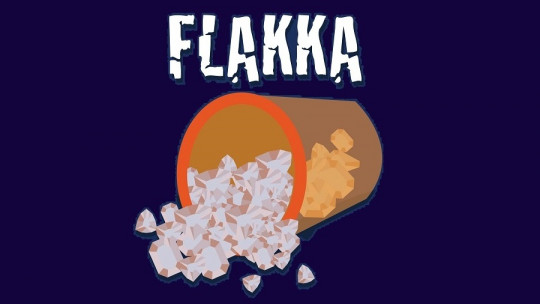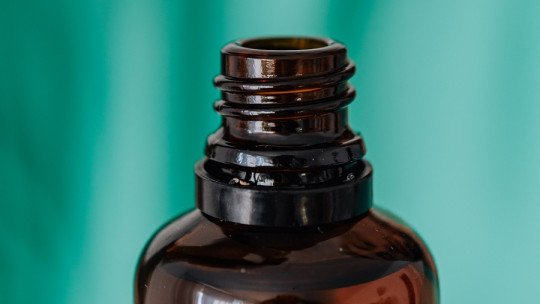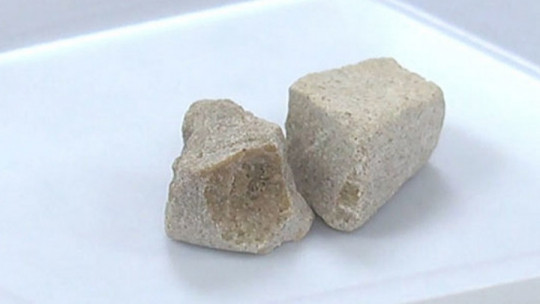
The coronavirus pandemic has allowed social scientists to reflect and observe reality in a different way, perhaps a little more slowly.
And Europe was confined for several months and nightlife came to a resounding halt. After years and years of having bars and clubs full of young people at all hours, suddenly, we had to return home and lock ourselves inside.
But… What happened to drug consumption? How did drug traffickers move drugs if the borders were closed? Given these doubts, the 2021 European Drugs Report gives us some insights.
Dynamics of drug consumption in times of COVID-19
According to this report, the great capacity for adaptation of the organizations involved in drug trafficking could be seen due to the fact that The availability of the various drugs in Europe was not seriously affected due to the coronavirus pandemic.
Basically, drug traffickers quickly adapted to the restrictions and changed the way they distributed drugs. Social networks were used as a means of communication, and sea transport was used to overcome the closure of airspace and home services.
The result was that drug use continued despite the restrictive measures of social distancing and confinement. Besides, As soon as restrictions were lifted, consumption levels returned to pre-pandemic levels
The problem of drug adulteration
We already know that not even an almost global confinement could reduce drug consumption and trafficking. Now I would like to introduce myself to the topic that sparks my interest in writing this article. I will talk about some drugs for recreational use and their quality in terms of purity.
According to the European Drug Report 2021 There is a notable increase in cannabis adulterated with synthetic cannabinoids
Quoting verbatim from this report: “Any hypothetical situation in which people unconsciously consume synthetic cannabinoids is worrying given the toxicity of some of these substances, as illustrated by the outbreak of more than 20 deaths related to the synthetic cannabinoid 4F-MDMB-BICA produced in 2020” (European Drug Report 2021).
Thus, we find that Cannabis is being adulterated with extremely dangerous substances to the point that they can lead users to death Do consumers, mostly adolescents and young people, know what substances they are consuming? The answer is a resounding no.
And here we find ourselves with a very, very serious public health problem. Basically any young person can develop a severe mental disorder or even die on a Saturday party due to the consumption of some adulterant. This uncontrolled adulteration is seen in most illegal drugs, as indicated in the same report with respect to MDMA. According to the aforementioned report, an increase in the MDMA content of the various tablets analyzed is observed.
In addition, samples have been detected that have very high levels of MDMA, capable of producing serious psychotic symptoms and very dangerous behavioral expressions.

Possible effects of these substances
The adverse effects of drugs will depend on the substance, the quantity and the physical and psychological characteristics of the person who consumes it. However, among the most dangerous adverse effects is undoubtedly the ability of some drugs to lead to the appearance of chronic psychotic disorders, such as schizophrenia
A few weeks ago, in the province of Cáceres, Spain, a batch of cocaine adulterated with a hitherto unknown asset killed two people and intoxicated several dozen. As read in the newspaper La Vanguardia, “those affected believed their bodies were invaded by insects or they used oil to fry when in reality they put dishwashing detergent in the pan.”
I would not like to give the impression of excessive alarmism; However, I consider the situation to be very serious. The levels of drug adulteration, due to their illegality and the lack of control that this implies, are very high. Cocaine samples barely reach 30% purity That is, the remaining 70% are adulterants and excipients, many of them capable of causing death.
Proliferation of new drugs
In addition, there are a wide variety of new, understudied and potentially deadly drugs. More than 400 new substances were discovered on the European continent in 2019 Powerful cannabinoids and synthetic opioids have also appeared that represent a real threat to the mental and physical health of users (according to the European Drugs Report 2021).
These substances are consumed by thousands and thousands of young people, and yet there is no interest on the part of health authorities to report on this reality. On the contrary, incorrect names continue to be used to name them Can a white powder that has less than 30% cocaine hydrochloride and the rest adulterant substances be called cocaine? In my opinion no. It’s like calling a dough that is 30% potato and 70% flour, preservatives and colorings a potato, or calling a liquid that has only 7% fruit a juice.
As an example of this reality, according to the aforementioned report on drugs, the average purity level of the different samples of amphetamines sold at retail in the different countries that make up the European Union ranged between 13% and 67% in 2019. and 50% of nations reported an average purity of between 20% and 35%
As a psychologist I can affirm that only to the extent that consumers know the reality of what they consume will they be able to take the necessary precautions to avoid poisoning or psychotic or depressive symptoms induced by adulterated substances. This is why it is essential that those in charge of mental and physical health carry out the important work of informing and preventing our youth about the psychoactive substances they consume.
There is no other way, and I believe that It is crucial to start calling things by their name What our teenagers believe is cocaine is not. What they think is methamphetamine or amphetamine, neither; This even happens with cannabis, as seen in the European drug report on synthetic cannabioids.
I would also like to mention another factor that complicates this situation even more, and that is that Europe has gone from being a continent that imports drugs to a continent that produces and exports drugs This is because new synthetic psychoactive substances can be produced in small home laboratories. Consequently, drug consumption in Europe no longer depends on production in Asia or America, as had historically happened, but Europe is now a continent that contributes drugs to global consumption.
This new reality radically increases our population’s access to drugs, which is another risk factor for the evolution and perpetuation of consumption and its consequent harmful effects on both physical and mental health.
Looking to the future
From my point of view, psychologists and all health professionals and social workers must alert the authorities of this situation and carry out information and prevention campaigns to stop this worrying reality. We can’t keep calling a drug by the wrong name. Our young people must know the truth about what they consume.
It must be a collective and institutional effort and must begin as soon as possible or else we will continue to receive news of deaths and severe mental disorders among our youth due to the ingestion of powerful, adulterated and dangerous substances.
It is worth mentioning that there are institutions and non-governmental organizations that carry out this informative and preventive work, but the dissemination is so little that the information does not reach the general population, which means that the effort is fruitless.
Nor should we blame consumers, many of them teenagers, since The same society and the environment in which these boys and girls develop constantly offer contradictory messages
Alcohol advertising creates the impression that alcoholic beverages are “good.” There is constant talk about the supposed benefits of Cannabis and different forms of leisure or celebration are almost always accompanied by alcohol; baptisms, weddings, soccer games, concerts, birthdays, among others. It is the same culture that in some way is promoting the normalization of risk behaviors such as the abusive consumption of alcohol and drugs.
There is much to do, much to analyze and I believe that it is never too late to take a turn and focus on a reality such as drug addiction from a more honest and accurate perspective, starting by emphasizing the various chemical compositions of drugs and their effects. about the organism and, continuing to inform potential consumers about the risks to which they are exposed by not knowing what was previously stated.








